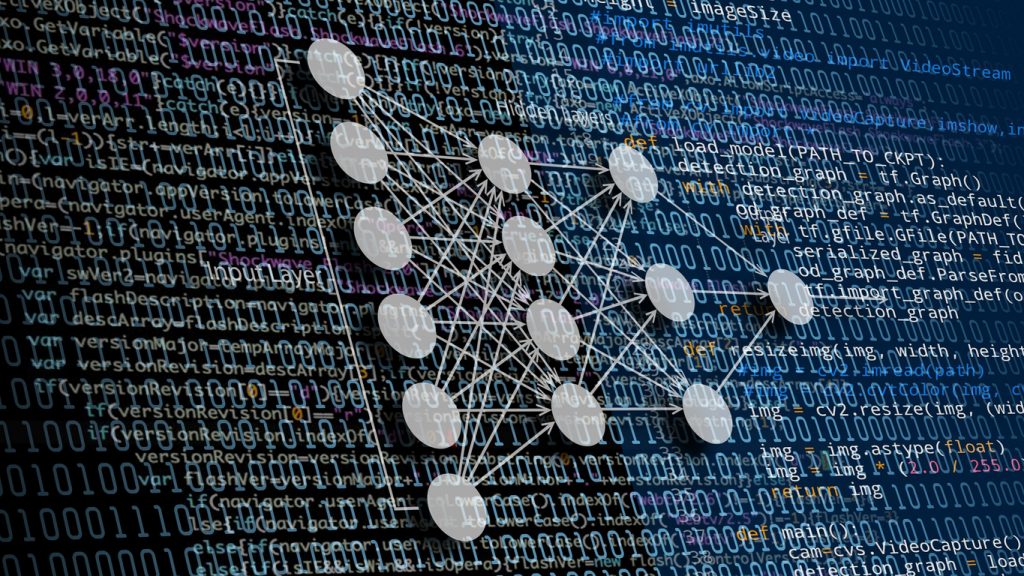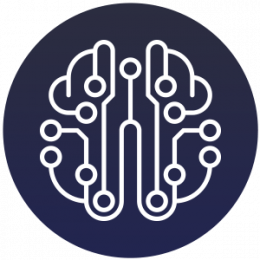
Artificial Intelligence is good for many things, but one of its best-kept secret benefits? It excels at Channel Selection and Timing.
You already know that people behave differently on different devices and respond differently on different channels. Some of your customers are more responsive to their Voice Assistants’ triggered push notifications and spoken announcements (read: advertisements). Others respond best to direct mail, catalogs, or outbound telemarketing. Some folks spend almost every working moment sneaking glances at Social on their work laptop, yet never purchase. Others receive 300+ emails a year from you and never open/click/buy anything from them. (The latter is embarrassing, but that topic is for another day.)
As a multi-channel marketer, you also know that many people use lots of channels and/or devices before — and sometimes even during — the buying process. (Voice Assistant + phone/tablet is VERY common right now.) A past customer might come in from Google Shopping, put something in their cart from your product detail page, and then bail. Only to ignore all your blast emails, abandoned cart trigger emails, retargeting ads, and then come back via organic search a week later.
We could go through endless examples, but you already know the drill. People come in when, where, and how they want to, and it’s your job to get something of market value from them every time they do. Market value can be anything from a click or an inquiry to a purchase.
So, how exactly does Artificial Intelligence/Machine Learning help with this tangled mess? Good question.
Because AI processes and analyzes oodles of data, it knows:
- Which device an individual converts best on
- Which channel an individual converts best on
- What combination of the channel(s) and device(s) make up a “perfect buying” experience for an individual
- Which channels/devices to avoid when selling to an individual? (This is often overlooked and can save companies a lot of money.)
- The DTS (number of Days to Sale) for a visitor and what combination of marketing efforts might tighten that up. In other words, get them to buy faster.
Bottom line? AI/ML can help you build the perfect, bespoke buying experience for everyone on your list. You’ll maximize your bottom line by increasing revenues and reducing costs. (No more wasted marketing efforts!)
I know. I know. This sounds too good to be true, but alas… It’s a legit goldmine.
Here’s how to start…
First, figure out what your goal is. Do you want to increase your conversion? Save wasted marketing dollars? Reduce your DTS (Days to Sale), or perhaps you want to do something else altogether? Determine your top priority. Yes, many good things come from using AI to help with your channel selection and timing, but it’s best to pick ONE goal so you can train your model accordingly.
One of the biggest mistakes marketers make when starting new AI/ML projects is wanting to do EVERYTHING at once from the jump. The Machine can handle more information than you can ever throw at it, and it’s important to remember that you need to build a proper foundation to ensure your future success. The better you train your model, the better it works. It gets understandably confused when you throw too much at it at once if it’s not been properly built/trained. It’s the human’s job to sort out the confusion and get it back on track. That’s why it’s best to start with what you can effectively manage.
Next, you figure out what data you need to meet that goal. I’ve seen many marketers get excited about using AI to create a perfect journey for a specific group of visitors, only to realize that they haven’t been storing any of the needed data. (If nothing else, this exercise makes marketers recognize that they should re-think stuff like “we only store carts for 30 days” baloney.)
I recommend starting with one channel. (Google Shopping, for example.) Pick a channel you can quickly learn from that doesn’t have many complications. Projects that involve Direct are very lucrative, but they’re also more complicated. You want something easy to start with.
Next, decide if you want to deal with devices or not. Some people do, and some don’t bother at the beginning. There’s no right or wrong answer here. Do what you can do. As an aside, many marketers do just app or mobile vs. desktop and put the Voice and tablet stuff in mobile. Not ideal but something is better than nothing here.
Then, look at what data you have available for your project. I’d recommend doing your first couple of projects without 2nd and 3rd-party data unless you’ve developed a process to account for it. For a project like maximizing the value of Google Shopping visitors, you’ll need a group of people who bought and those who didn’t. The group who didn’t buy can be broken down into many ways: starts, cart, checkout, browse only, bounces, and so on. Again, figure out what you can handle. It’s ok if the first couple of projects doesn’t get broken down a bazillion ways. You have plenty of time to train your model. Plus, there’s a big chance that you won’t have much of the information you want at the beginning. Don’t despair; make a list of all the things “we should be capturing” for your IT folks and make do with what you have.
Once you’ve broken down your groups, you’ll want to look at how you’ve marketed to those people –push notifications, blast emails, trigger emails, remarketing ads, social ads, and so on. Be sure to list all the offline communications, too – postcards, direct mail pieces, catalogs, etc. Are you going to get everything? Probably not. Just do your best and keep feeding your model as you have more information.*
If you want to overlay demographic data, hygiene data, or anything else on your customer records, this would be the time to do so.
The goal is to identify and collect everything you want to tell The Machine. The more organized you are, the easier it will be for your developers. Be sure to label everything clearly. Then feed it to your model. Read and react to the results. Add another element. Rinse and repeat.
Some marketers find that it’s easier to start with a suppression program than it is with picking a channel. So, which online customers can I stop mailing catalogs to? To whom can I reduce the frequency of emails? Those use most of the same data and are easier for many companies, so if that’s your baby step, go for it!
After your models have evolved, you can allow The Machine to run things independently with human oversight. For Channel Selection and Timing, it typically takes about 12-18 months to feel comfortable doing this. Your mileage will vary.
Have any questions about Channel Selection? Already using AI in your Channel Selection and have a tip you’d like to share? Tweet @amyafrica or write info@eightbyeight.com.
*I repeated “do what you can do” far too many times in this article. The critical thing to remember is that you don’t need perfection to make automated Channel Selection projects lucrative. Typically, the more you break things down, the more profitable you’ll be, but something is better than nothing. I see far too many companies not starting this type of project because they’re pontificating their navels about specific elements. Don’t be that person; just do your best job with the tools/info you have. Read the results and do things incrementally better next time.


 Catalogers and other offline marketers have many advantages when it comes to E-Commerce.
Catalogers and other offline marketers have many advantages when it comes to E-Commerce. 

